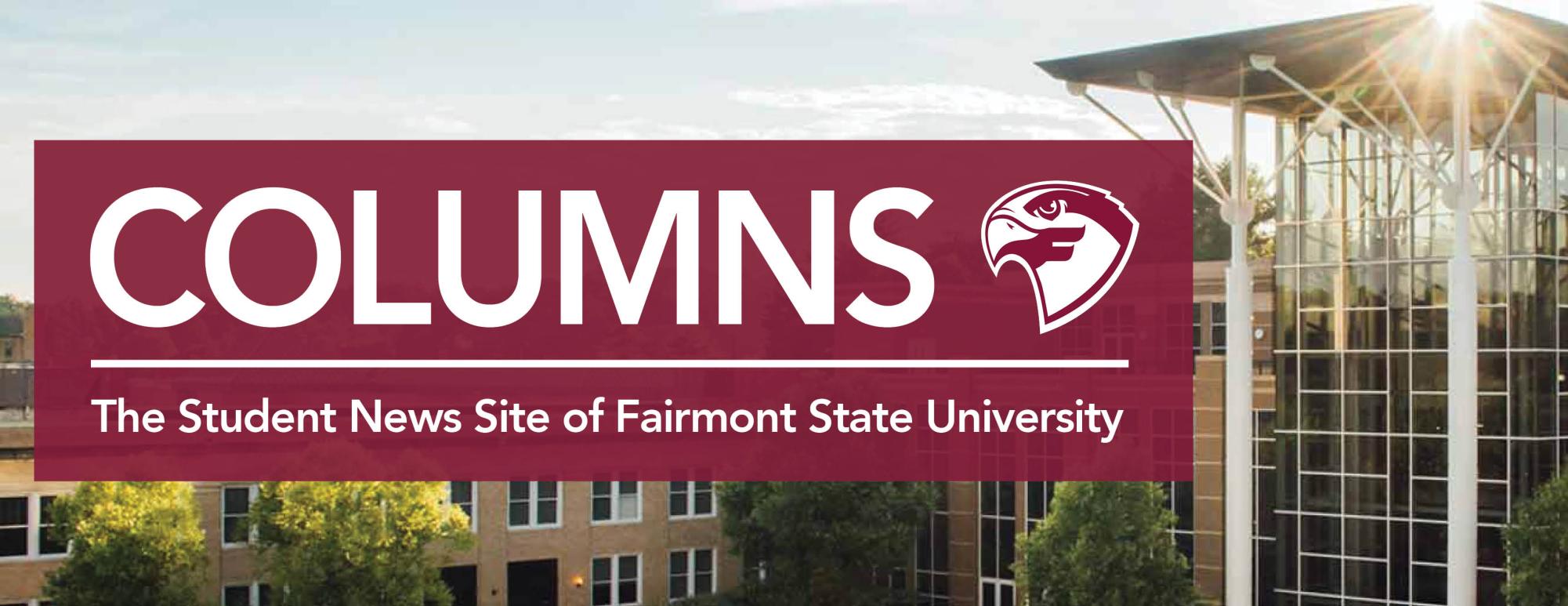Celebrations for the Spookiest of Seasons
Do you want to celebrate Halloween, but don’t know what to do? Halloween parties are a festive staple of the autumn shift. Children trick-or-treat and various parties are hosted, but not everyone enjoys attending parties and it isn’t socially acceptable for adults to knock on doors for candy. This article introduces festive activities for adults and provides the history of Halloween to guide you through this spooky holiday.
Local Halloween Events
Saturday, October 19, 2019 the First Exchange Bank at the White Hall Public Safety Building and Grounds is sponsoring the Whitehall Pumpkin Festival. At the festival, there will be live entertainment, food vendors, a pumpkin pie contest, craft vendors, and autumn favorites such as hayrides.
Another spooky activity is visiting The Trans-Allegheny Lunatic Asylum, also known as the Weston State Hospital. The Asylum is open all year, but it is most popular around Halloween. Additional holiday events such as a haunted house, a costume ball, and flashlight tours attract people looking for Halloween themed activities. For prices and scheduling, visit the Trans-Allegheny Lunatic Asylum’s website at http://trans-alleghenylunaticasylum.com/ or call at 304-269-5070.
In addition to The Asylum, Fright Farm is a popular Halloween attraction. With an opening fair, Fest-Evil Midway, Hayride of No Return, Slaughter Grounds, Frightmare Mansion, The Clinic, and The Abyss, there are plenty of activities for spooky fanatics. Fright Farm provides the wild, the weird, and the scary. Fairmont State University students can contact Residence Life for details on the upcoming Fright Farm field trip. For those that are not students, visit https://frightfarm.com/ for more details on pricing, attractions and scheduling.
A Brief History of Halloween
In the spirit of Halloween, we examine the history of the holiday by remembering how the celebrations began and how the holiday has evolved over time. Some consider Halloween to be a heathen’s holiday and some consider it to be a day for children to wear costumes and collect candy. However, there is much more to the celebration than candy, costumes or heathens.
Originally, Halloween was celebrated as a Celtic festival known as Samhain. Samhain is based on the belief that the world of the living and the world of the dead lack their usual boundaries each New Year’s Eve on November 1st. The spirits were thought to help Celtic priests make predictions about the future, but damage the crops. During this festival, bonfires were used to make animal and plant sacrifices as well as for protection from the coming winter and mischievous spirits. Much like today’s celebrations, they wore costumes and socialized with one another.
In later years, Christianity and Roman rule began to influence the festival. In fact, October 31st’s All-Hollow’s Eve is considered a mixture between the Celtic celebration and the Christian celebration of All Saint’s Day. Although Halloween was practiced in America as part of Allhallowtide (All Saints Day on November 1st and All Souls Day on November 2nd) it was not practiced as it is today until the Irish emigration from Ireland that occurred in the mid-1800’s. This melding of Irish cultural customs and the Christian holidays as practiced in America led to the uniquely American version of Halloween, with children and adults dressing up in costume and enjoying fun activities. A far cry from the fear and terror of the coming winter and evil spirits the Celts tried to ward off during Halloween.
Different areas of the world hold Halloween celebrations in different ways. El Dia de los Muertos (The Day of the Dead) is celebrated in Mexico, Guatemala and other south-central regions as well as in some parts of America. It is often compared to American Halloween celebrations because it includes the wearing of costumes, festive foods and emphasis on the deceased. Unlike Halloween in America, celebrations in Mexico involve all of Allhallowtide, the Christian triduum of Halloween (Hallow’s Eve), All Saints Day (Nov. 1), and All Souls Day (Nov. 2). Beginning at dusk on Halloween and ending on November 2nd, graves and alters are decorated with flowers, traditional foods are prepared, and parties are hosted in honor of deceased loved ones. Rather than one night focusing on the scary aspects of death and loss, El Dia de los Muertos celebrates the life and memories of loved ones lost.
The common theme among these celebrations is the belief that at the time of each celebration the veil between the living and dead is at its’ thinnest. However, with or without this belief, the end of October and the beginning of November are a time to enjoy creativity and socialize with friends and family.
To learn more about the history of Halloween visit
https://www.nationalgeographic.org/media/dia-de-los-muertos/
https://www.usatoday.com/story/news/world/2017/10/30/no-dia-de-los-muertos-isnt-mexican-halloween/762225001/
https://www.history.com/topics/halloween/history-of-halloween








